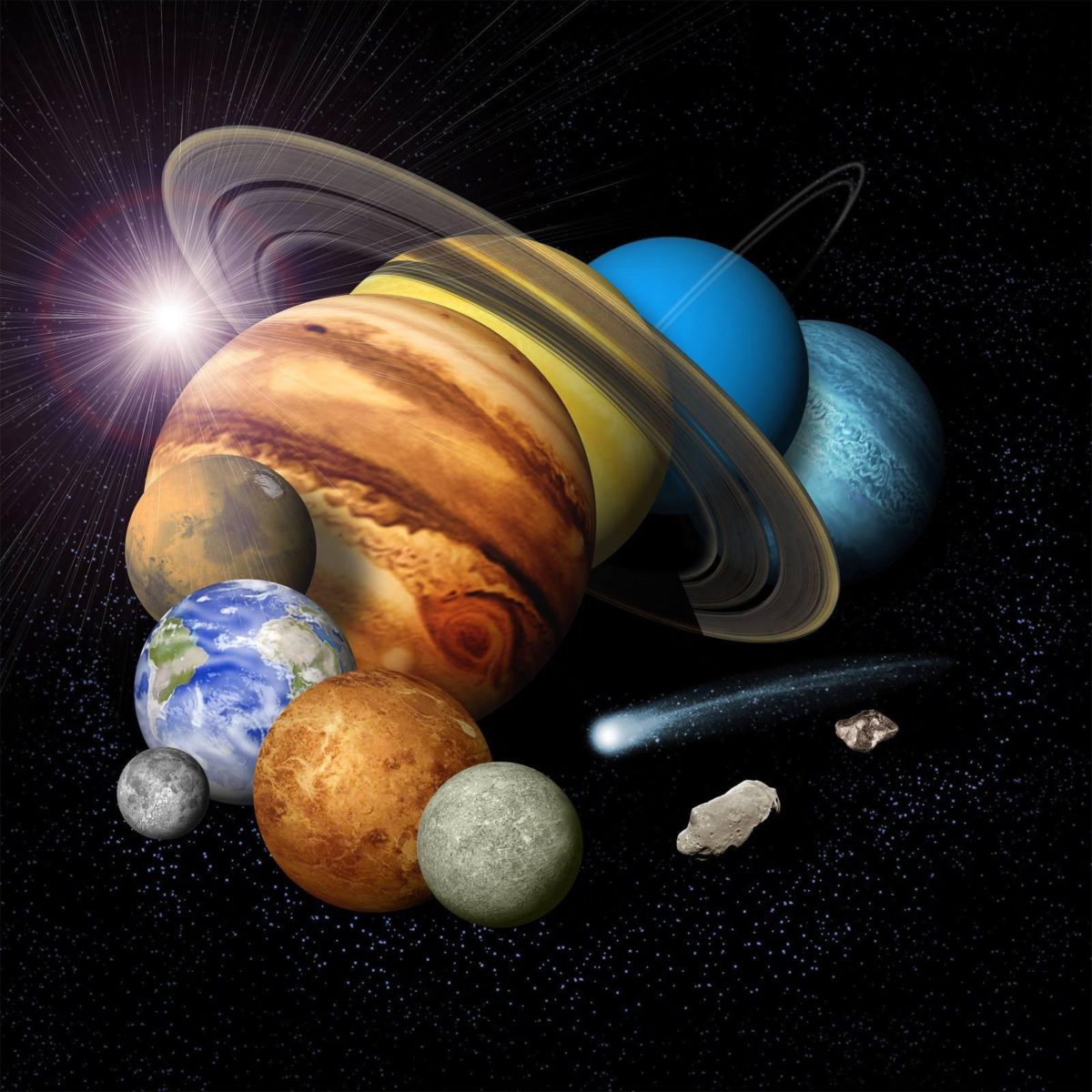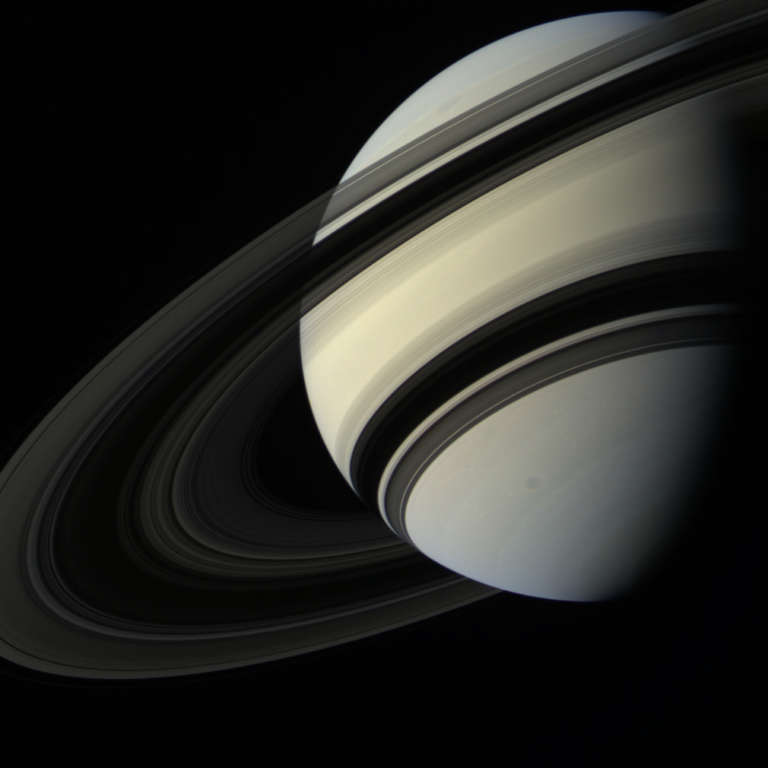All
All
Stories, updates, insights, and original analysis from The Planetary Society.
Found a Killer Asteroid? Who Ya Gonna Call?
Astronomer Timothy Spahr directs the Minor Planet Center, the global clearinghouse for asteroids, comets and other relatively small objects in the solar system, including moons. He also coordinates the Society's Shoemaker NEO grant program.
Field Report From Mars: Sol 3355 - July 2, 2013
By Sol 3325 Opportunity has driven up onto the next
The Ice Pits of Mars
The south polar cap of Mars is riddled with strange landscapes.
Hubble captures time-lapse of comet ISON
The Hubble Space Telescope captured a series of images showing Comet C/2012 S1 (ISON) plunging toward the sun.
Mars Exploration Rovers Mission Update: Opportunity Continues Sprint to Solander Point
The Mars Exploration Rover (MER) mission celebrated its 10th anniversary of leaving Earth in June, as Opportunity continued the sprint to its next winter haven at Endeavour Crater.
PlanetVac Moving Forward
Meet the PlanetVac team and learn their general plan and what they are doing now. PlanetVac is a newly started Planetary Society and Honeybee Robotics project to test a pneumatic system to sample planetary surfaces.
A patriotic return to space
When Space Shuttle Discovery launched on its 1988 return-to-flight mission, it was a big moment for NASA and America.
Dawn Journal: Breaking Velocity Records
The indefatigable Dawn spacecraft is continuing its extraordinary interplanetary flight on behalf of inquisitive creatures on distant Earth. Progressing ever farther from Vesta, the rocky and rugged world it so recently explored, the ship is making good progress toward its second port of call, dwarf planet Ceres.
Russian rocket crashes in spectacular explosion
A Russian Proton-M rocket veered off course and crashed in a nearby field shortly after liftoff from Baikonur, Kazahkstan.
Deflecting the flames of a monster rocket
Work continues to prepare Kennedy Space Center's launch pad 39B for the Space Launch System, as a flame trench deflector originally built for the Space Shuttle is removed.
Planetary Radio: Don't Step in That Puddle!
The Planetary Science Institute's Amanda Hendrix is the guest for our July 1 episode. She finds water in the least likely places, including Luna.
PlanetVac Project Underway
The Planetary Society's PlanetVac project with Honeybee Robotics is now fully underway. Here we provide a just released statement by Honeybee, and an introduction to this lab test of a new planetary surface sampling system.
IRIS safely in orbit, ready to eye sun's atmosphere
IRIS, the Interface Region Imaging Spectrograph spacecraft, was launched from Orbital Science Corporation's Stargazer carrier aircraft over the Pacific Ocean at 7:27 p.m PDT.
We Need Space-Based Detection of Threats, but NASA Shouldn't Pay for It
Early detection is a crucial step in preventing or mitigating threats from space, but it's not NASA's job.
Stationkeeping in Mars orbit
It had never occurred to me to think about geostationary satellites in Mars orbit before reading a new paper by Juan Silva and Pilar Romero. The paper shows that it takes a lot more work to maintain a stationary orbit at an arbitrary longitude at Mars than it does at Earth.
What would Earth's skies look like with Saturn's rings?
Illustrator and author Ron Miller visualizes what we would see in our skies if Saturn’s majestic rings circled the Earth.
Worlds in Collision
Meet some worlds that were nearly shattered, literally.
Russians start workweek with stroll outside ISS
Cosmonauts Fyodor Yurchikhin and Alexander Misurkin performed a six-and-a-half hour spacewalk outside the International Space Station on Monday.
How radar really works: The steps involved before getting an image
Arecibo Observatory is known for its 1000-foot diameter telescope and its appearances in Goldeneye and Contact. Aside from battling Bond villains and driving red diesel Jeeps around the telescope (grousing at the site director about the funding status of projects is optional), several hundred hours a year of telescope time at Arecibo go toward radar studies of asteroids.


 Explore Worlds
Explore Worlds Find Life
Find Life Defend Earth
Defend Earth


 Sun
Sun Mercury
Mercury Venus
Venus Earth
Earth Mars
Mars Jupiter
Jupiter Saturn
Saturn Uranus
Uranus Neptune
Neptune Small Bodies
Small Bodies
















